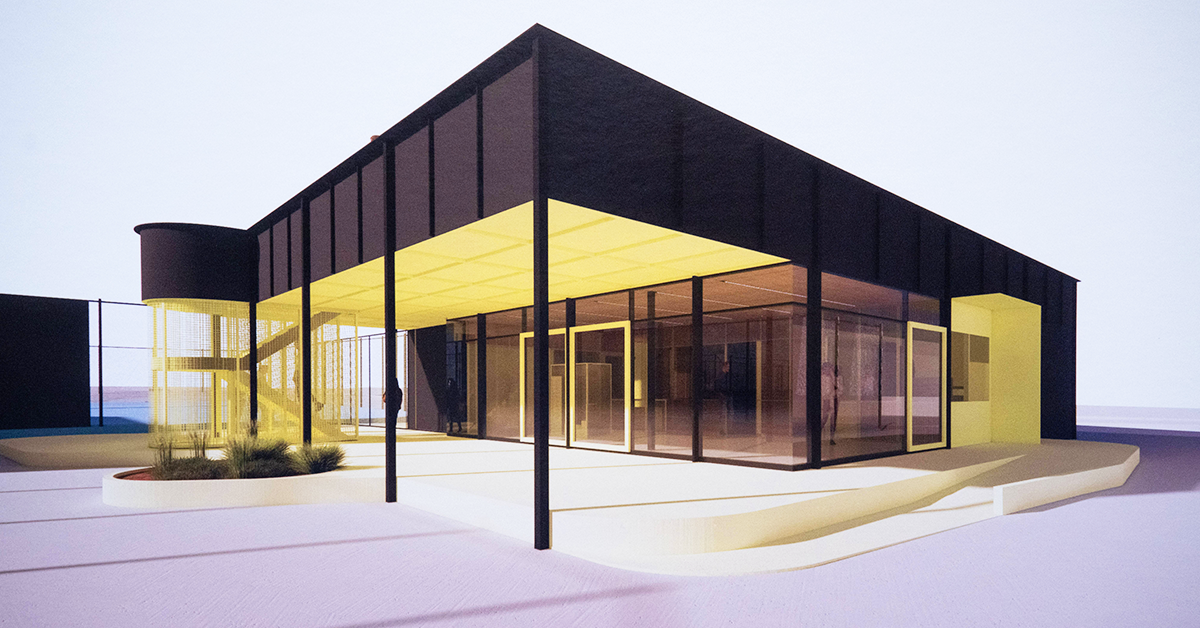Article from Tennis Tasmania
The new Launceston Tennis, Community and Events Centre is now one step closer, with the successful tenderer being announced recently.
Fairbrother Construction will undertake the redevelopment of the existing Northern Regional Tennis Centre to transition it to a state-of-the-art tennis and multipurpose community facility.
Deputy Premier, Michael Ferguson, said it was exciting to see the project progress to this stage.
“The Tasmanian Liberal Government is proud to have contributed $2 million towards this important redevelopment,” Mr Ferguson said.

“Having a centre that will provide a space for local tennis players and clubs, a hub for major tennis events and a multipurpose sport and community space, is important for our local community.
“This redeveloped centre will encourage more of our community to get active and children and young people to get involved in sport and recreational activities.
“I hope that competitors and visitors alike will enjoy the brand-new, world-class facilities for many years to come.
“I congratulate Fairbrother as the successful tenderer of this contract and look forward to seeing what it will bring for our northern community.”
The building works are scheduled to be completed by the end of the year, with the Launceston International set to return soon after.
As part of Tennis Tasmania’s 2030 Strong Plan for Tasmania’s Future, we know events are important to attract visitors to our State, and sports are always a great way of doing that.
General Manager of Tennis Tasmania, Darren Sturgess, said that Tennis Tasmania is excited for the development to commence and is looking forward to its completion.
“We’re thrilled to be able to confirm the return of the Launceston International in 2025, which will follow the Devonport Open and HCI Burnie International,” Mr Sturgess said.
“We are working closely with Tennis Australia to secure two new Junior International tournaments here in Tasmania next year.
“These major tournaments not only inspire the next generation of tennis players and engage the wider community, but they generate in excess of $1.5M to the Tasmanian economy.”
